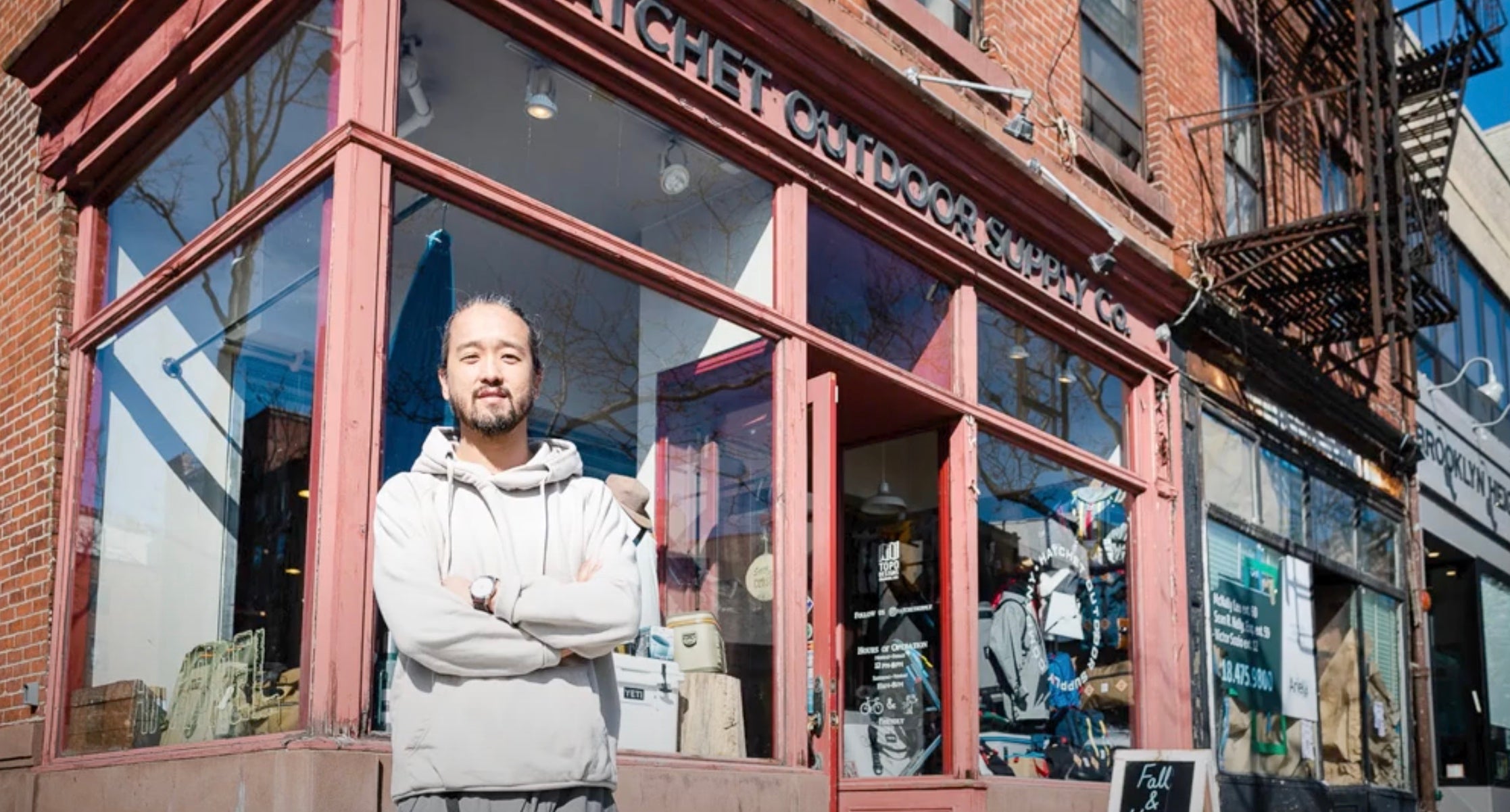2020 has been a tumultuous year. It was already a time of shutdowns and civil unrest when rising anti-Asian sentiment and violence came to a head in Atlanta, Georgia, on March 16, with a series of shootings left eight people deadÔÇösix of them Asian women.
As an outdoor retailer and an Asian American, I found myself having to worry about the safety of myself and my family in addition to that of my business. Although the events of this month were deeply unnerving, I also saw glimmers of hope and positivity in the aftermath. I saw the outdoor industry come together and provide messages of support and solidarity to the AAPI (Asian American and Pacific Islander) community, and then validate those words with contributions to AAPI organizations. This is a step in the right direction, no doubt. But the fact remains that our industry has never been a space that fully welcomes diversity. MoreÔÇömuch moreÔÇömust be done.
Asians have long been seen as a significant consumer group in the outdoor industry. The paradox is that, at the same time, we are rarely thought of as active participants in that industry. Far too often, we’re pigeonholed into mischaracterizations. I’ve witnessed brands speak of going after “Asian spending” as a means of increasing sales projections, but businesses rarely think about ways to cater to these Asian “spenders” authentically. For whatever reason, Asians are discussed in relation to certain product categories onlyÔÇöpricey jackets, usuallyÔÇöbut not others. (You’d never hear a brand talk about “Asian spending” as a means of boosting sales of hydration packs, for instance.) And of course the term “Asian,” in this context, is grossly oversimplified. When we are included in the conversation, we’re characterized as a homogenous monolith, when we’re actually a complex group of people with many different backgrounds, cultures, and ethnicities.
I always felt fortunate to be a part of our industry and have found it to include some of the most interesting, warm, and welcoming people around. By the same token, I understand why it can feel deeply exclusionary to some. I am not surprised when I see videos circulating on social media of hateful rants directed toward Asian Americans as they’re out hiking. Something as innocuous as hiking can feel dangerously foreign to those who don’t feel invited to it. As AAPI interest in the outdoors and related consumer spending continues to grow, it doesn’t feel as though the invite to participate is freely given. A culture of racial gatekeeping still exists.
My own introduction to the outdoors wasn’t through my family or friends; it was through the Boy Scouts. I became a Scout because my Asian-American friend invited me to his troop. He himself had only joined because his father was a janitor at the church where the meetings took place. Although our troop was proud to be diverse, my friend and I stood out visibly at summer camp among the other troops. Looking back, I realize how fortunate I was to have been introduced to the outdoors at an early age. I didn’t realize, then, what many of us know todayÔÇöthat the barriers to entry in outdoor activities are often too high for minorities. I’m talking about both socioeconomic barriers and, sometimes even more problematic, cultural barriers. My Asian-American peers at the time not only didn’t understand my newfound interests, they often made fun of them outright. Years later, as a young adult, I started inviting these same friends on outings and camping trips. Although disinterested at first, many of them have come to share my passions and some are now avid outdoorspeople themselves.
As the anti-Asian violence rising across the country has so tragically illustrated, we as an industry canÔÇöand mustÔÇödo more to be inclusive of everyone in our space, including those from the AAPI community. We need to recognize the socioeconomic and cultural barriers to entry and address them. We need to provide more support to grassroots programs working to introduce the outdoors to minority youth, thereby lowering those barriers. Outdoor brands need to hire intelligently, especially for positions of leadership, to reflect the diverse makeup of the nation. Brand ambassadors and brands themselves need to do more to create marketing and advertising that communicate messages of invitation, not exclusion.
And everyone in the outdoorsÔÇöyes, you tooÔÇöneeds to do more to hand out those invitations freely. The outdoors belong to all of us, and as a consequence of that truth, it is the responsibility of all of us, stewards of that space, to practice equitable ownership and ensure that this treasure we’ve been given does not become a weapon that some of us wield and others suffer by.


